An underrated aspect of learning how to ride a motorcycle goes beyond turning and popping wheelies. No, it’s something seemingly much more simple than that. Do you shift? Sure, shifting gears should be easy, because it’s a basic function; but shifting gear does have a layer of complexity that beginning cyclists could have problems mastering right away.
Here’s everything you need to know about shifting gears on a motorcycle.
Motorcycle Gears Basics
The three basic controls are ones that you might already know—the throttle, the clutch, and the gear selector. You use the throttle to rev the engine, the clutch to engage and disengage the brakes (transmission), and to select gears. For instance, if you pull the left hand clutch towards you, the engine revs without ever moving the bike.
The gear pattern can be clicked through by using the gear selector lever and is moved by your left foot. Most bikes have the following gears, starting with the lowest first:
• First gear
• Neutral
• Second gear
• Third gear
• Fourth gear
• Fifth gear
• Sixth gear (depending on the bike)
As you can see, shifting fears is sequential. Up or down, neutral (N) is always put between 1st and 2nd gear.
Technique For Motorcycle Shifting
It’s best to learn the proper technique required to maneuver through shifting gears before learning how to do anything else.
Steps of the proper shifting technique:
- Disengage the clutch. Use your left hand to pull it towards you.
- Select the correct gear by using your left food on the shifting lever.
- Slightly rev the engine if shifting up.
- Gradually release the clutch. Don’t pop it.
- Feather the throttle while releasing the clutch to accelerate smoothly.
- Continue revving if you which to switch to another gear in succession. Otherwise, find a nice cruising speed to maintain.
Shifting With Sound and Feel
Have you ever heard wailing motorcycle engines on the road? You’ve probably thought to yourself, “Is that rider even shifting?” That’s you using the basic rule of sound. In basic terms, if an engine starts to scream, you shift to an upper gear. If the engine starts to grumble, then shift the engine lower.
There a many methods to help you do this properly. Beginners should only focus on the simplest method. Afterwards, you can experiment.
Start off by riding in first gear. Try to sense to point when you need to switch to second gear. This means the engine isn’t yet screaming, but you are feeling the natural inclination to gain more speed. The clutch will disengage easily.
Should the engine start to scream, this means you’ve hit the red line, otherwise known as the built-in limiter. The limiter is placed in the engine to ensure the bike doesn’t overextend itself and burn up.
If you shift a gear up too soon, the bike could stall or choke. Restart the bike. Try again. Keep working through the gears until you can hear and feel when it is time to gear up.
Shifting Smoothly
You will notice that there’s no mathematical equation to figure out the “when” behind shifting. Every bike has a unique behavior that depends on how you handle it. For instance, if the bike jerks when you release the clutch, you’re being too abrupt. If the bike tends to lurch during shifts, you’re applying too much throttle. If the motorcycle’s speed dips during shifting, you need to rev the engine more between gear changes. Pay attention to the clutch, throttle, and gear selector, because these all interact and are dependent on one another.
Mechanics of Movement
Let’s back-up for a moment. Now that you have this idea in your mind that you need to listen and feel and understand with muscle memory what to do when shifting, it’s time to talk about what is happening inside the bike while you’re doing the actions.
The clutch is the first thing you touch when it’s time to shift gears, unless you have an automatic motorcycle or a quick shift. Once the clutch is engaged, meaning the lever is out and power is send to the rear tie, little springs press on the clutch plate that connect the primary drive to the part that rotates from the pistons going up and down.
When you pull the lever, the plate separates and releases the connection to the motor. In this moment, you can change gears.
That’s when you take your foot and move the gear selector. On the gear selector is a piece called a collar that has “dogs.” This dogs mesh together with the fork in the same way you interlace your fingers. When you move your foot up and down on the selector, the dogs and fork connect to help change the gear. Then, you find the right gear and accelerate.
Keep this in mind while reading the next two sections about upshifting and downshifting.
Upshifting
Most of this article has been devoted to upshifting. Upshifting is easier than downshifting, because you are accelerating. This means that if you do any of the steps of shifting a little too quick, there’s less of an impact. Of course, this could result in a sudden jolt of power to the rear wheel, causing the front tire to come off the ground.
(Note: You should only practice stunts in a controlled environment and when you have gained enough experience.)
Downshifting
On the opposite end of upshifting is downshifting, which tends to go a little less smoothly. If you release the clutch too quickly while downshifting, the sudden downward change can cause the gear to slow down the rear tire, compressing the front end, and causing a lack of traction in the back end. You need to be able to control the release of the clutch.
Be careful when rounding corners and decreasing your gears for this reason. You don’t want to suddenly lose traction right when you need more grip on the asphalt. That could cause the bike to skid to the side.
False Neutral
When downshifting, you could accidentally hit a false neutral. This can happen anywhere there shouldn’t be a neutral, including between 3rd and 4th or 4th and 5th and so on. This could happen if the dogs don’t connect with the fork when selecting gears. There is power loss to the rear wheel.
If you end up in a false neutral, pull on the clutch, and put the bike into a higher gear. You can prevent excessive damage to the bike. Be quick and make sure you move into the correct once you get out of false neutral.
With that, you should be able to master the basics of shifting. Practice the timing of the clutch release and working with the gear selector for a bit. You will soon be able to shift between gears like someone who has been riding for many years.
Liked this article and want more beginner motorcycle tips? Check out my YouTube channel and don’t forget to hit that subscribe button.
You Might also like
-
Mastering the Ride: How to Prevent and Treat Common Sportbike Injuries
The exhilarating rush of leaning into a corner, the wind whipping through your hair, and the undeniable thrill of commanding a powerful machine – these are just a few of the reasons why sportbikes hold such a special place in the hearts of many riders. However, with the incredible performance and sharp handling of these motorcycles comes a heightened degree of risk for injuries.
This article delves into the world of sportbike injuries, equipping you with the knowledge and practical steps to navigate the journey safely. We’ll explore the most common injuries associated with sportbike riding, delve into preventative strategies, and shed light on treatment options. By understanding the risks and taking necessary precautions, you can continue to enjoy the thrill of the ride while minimizing the chances of encountering these injuries.
Key Takeaways:
- Common sportbike injuries include wrist/hand, shoulder, neck/back, and leg/foot injuries.
- Prevent injuries through proper gear, ergonomic bike setup, strengthening exercises, and safe riding practices.
- Seek immediate medical attention for any suspected injury.
- Treatment options include rest, pain management, physical therapy, and surgery (if needed).
- Prioritize safety by learning continuously, maintaining your bike, and riding with responsible individuals.
Comparison Table: Common Sportbike Injuries vs. Preventative Measures
Injury Preventative Measures Wrist and Hand Sprains/Fractures Wear protective gloves, maintain proper grip on handlebars, avoid over-torquing controls. Shoulder Strains/Dislocations Strengthen core and shoulders, maintain upright posture, avoid locking elbows. Neck and Back Pain/Herniated Discs Maintain neutral posture, avoid hunching, strengthen core muscles, take regular breaks on long rides. Leg and Foot Sprains/Fractures Wear sturdy motorcycle boots, maintain proper footpeg placement, avoid excessive shifting or braking. Comparison Table: Common Sportbike Injuries vs. Preventative Measures
The Landscape of Sportbike Injuries: Understanding Common Risks
The unique design and riding style of sportbikes expose riders to specific physical demands and potential hazards. Let’s delve into the most prevalent forms of injuries encountered by sportbike enthusiasts:
1. Upper Body Injuries:
-
Wrist and Hand: The aggressive riding position, coupled with the potential for falls, makes these areas particularly vulnerable. Common injuries include sprains, fractures, and carpal tunnel syndrome, caused by repetitive strain on the nerves and tendons.
-
Shoulder: Similar to wrist and hand injuries, the shoulders bear the brunt of the forward-leaning posture and potential impact in a fall. Dislocations, strains, and rotator cuff injuries are common occurrences.
-
Neck and Back: Long rides with a hunched posture can put immense strain on these areas, leading to pain, stiffness, and even herniated discs. Improper core engagement further exacerbates the situation.
2. Lower Body Injuries:
- Leg and Foot: While less frequent than upper body injuries, leg and foot injuries can happen in accidents or due to repetitive motions while shifting and braking. These can include ankle sprains, fractures, and nerve damage, causing pain and limiting mobility.
3. Additional Injuries:
- Head Injuries: Although mitigated by wearing a helmet, head injuries can still occur in severe accidents, highlighting the importance of choosing and using a DOT-approved helmet consistently.
4. Psychological Trauma:
- Accidents, even minor ones, can cause emotional distress and even post-traumatic stress disorder (PTSD) in some individuals. Seeking professional help is crucial if you experience emotional difficulties after an accident.
Safeguarding the Ride: Proven Strategies for Injury Prevention
Knowing the risks is essential, but the true power lies in taking proactive steps to prevent them. Here are some key strategies you can implement:
1. Gear Up for Protection:
- Helmet: Invest in a high-quality, DOT-approved helmet that fits snugly but comfortably. Replace it every five years or after any significant impact.
- Protective Clothing: Opt for abrasion-resistant leather or heavy textile gear that covers your entire body. Leather offers superior protection but can be warmer in hot weather.
- Footwear: Wear sturdy motorcycle boots that provide ankle support and good grip on the footpegs.
2. Ergonomics Matter:
- Bike Fit: Ensure your bike is adjusted to your specific body measurements. This includes proper handlebar height, seat position, and footpeg placement. An ergonomically correct setup reduces strain on your body and allows for better control.
- Maintaining Posture: Maintain a neutral, upright posture while riding. Avoid hunching your back or locking your elbows, as this can lead to fatigue and increase the risk of injury.
3. Strengthen Your Body:
- Targeted Exercises: Regularly strengthening your core, back, and shoulders improves your riding posture and endurance. This enhances control and reduces the risk of fatigue-induced errors.
- Stretching: Don’t underestimate the power of stretching. Regularly stretching improves flexibility and range of motion, reducing the risk of strains and muscle fatigue.
4. Master Your Skills:
- Safety Courses: Enroll in a motorcycle safety course to learn proper braking, cornering, and maneuvering techniques. These courses hone your skills and equip you with the knowledge to handle challenging situations safely.
- Practice Makes Perfect: Regularly practicing in a controlled environment builds confidence and refines your skills, allowing you to react calmly and effectively in real-world situations.
5. Listen to Your Body and the Road:
- Fatigue Factor: Avoid riding when you’re tired or under the influence of alcohol or drugs. Fatigue impairs judgment and reflexes, significantly increasing the risk of accidents.
- Stay Alert: Be mindful of your surroundings and anticipate potential hazards. Watch out for other vehicles, road conditions, and weather changes.
- Take Breaks: Schedule regular breaks on long rides. Get off the bike, stretch your legs, and rehydrate to prevent fatigue and maintain focus.
Navigating Recovery: Treatment Options for Sportbike Injuries
Despite taking all necessary precautions, accidents can still occur. If you sustain an injury while riding, immediate medical attention is crucial. A qualified healthcare professional can accurately diagnose the severity of the injury and recommend the most appropriate treatment course.
Here’s a glimpse into some common treatment options for sportbike injuries:
1. Rest and Immobilization:
- Depending on the nature and severity of the injury, the doctor might recommend rest and immobilization. This allows your body time to heal and prevents further damage. Immobilization may involve casts, splints, or slings.
2. Pain Management:
- Managing pain is essential for promoting healing and comfort. This may involve medication like pain relievers, anti-inflammatory drugs, or muscle relaxants. Topical pain relief options like creams and gels may also be used.
3. Physical Therapy:
- Physical therapy plays a crucial role in regaining strength, flexibility, and range of motion after an injury. A physical therapist will create a personalized rehabilitation program that includes exercises and modalities like ultrasound or electrical stimulation to facilitate healing and recovery.
4. Surgery:
- In some cases, surgery might be necessary to repair fractures, torn ligaments, or other damage that cannot heal on its own. This is a complex decision, and the doctor will discuss the risks and benefits thoroughly with you before proceeding.
5. Emotional Support:
- Don’t underestimate the impact of emotional trauma after an accident. Consider seeking professional help from a therapist to address any anxiety, depression, or post-traumatic stress disorder (PTSD) that you might be experiencing.
Beyond the Finish Line: Embracing a Culture of Safety
Beyond the Finish Line: Embracing a Culture of Safety
The exhilarating world of sportbike riding demands a commitment to safety. By adopting the strategies outlined above, you minimize the risks associated with this exhilarating activity. Remember, the thrill of the ride is amplified when coupled with responsible and informed practices.
Here are some additional points to consider:
- Community Connection: Surround yourself with responsible riders who prioritize safety. Sharing experiences and learning from others can reinforce safe riding practices.
- Continuous Learning: Continuously educate yourself on safety advancements, proper riding techniques, and hazard avoidance strategies.
- Regular Maintenance: Ensure your bike is in proper working order. Regular maintenance checks and addressing any potential issues before hitting the road are crucial for safety.
Riding a sportbike is an activity that requires a balance of skill, awareness, and responsibility. By understanding the potential risks, implementing preventive measures, and seeking professional help when necessary, you can maximize your enjoyment on two wheels while prioritizing the most important aspect – your safety. Remember, the journey is just as important as the destination, and safe riding practices ensure that you can continue to enjoy the thrill of riding for years to come.
6 FAQs: Gearing Up for Safe Sportbike Riding
-
What type of helmet should I wear?
- Always wear a DOT-approved helmet that fits snugly but comfortably. Replace it every five years or after any significant impact.
-
Is leather gear always necessary?
- While leather offers superior abrasion resistance, heavy textiles can also provide adequate protection. Choose gear that fits well and offers sufficient coverage.
-
How often should I stretch before and after riding?
- Perform dynamic stretches before riding to warm up your muscles and static stretches after riding to improve flexibility and prevent stiffness.
-
Can I skip safety courses if I’m an experienced rider?
- Safety courses are valuable for all riders, regardless of experience level. They can help you refine your skills, learn new techniques, and refresh your knowledge on safe riding practices.
-
How long should I rest after a minor injury?
- Follow your doctor’s instructions regarding rest and activity limitations. Ignoring this advice can hinder healing and increase the risk of complications.
-
When should I seek professional help for emotional trauma after an accident?
- If you experience any emotional distress, anxiety, depression, or difficulty coping after an accident, don’t hesitate to seek professional help from a therapist.
-
How To Use A Battery Tender®
One of the most heartbreaking situations any car or motorcycle lover will experience is when you have beautiful riding or driving weather, are excited to hit the road, and the engine doesn’t turnover. The reason? Low battery power.
If you have a nifty gadget called a Battery Tender®, you can recharge the battery and bring it back to life in no time. A Battery Tender® is a friendlier alternative to traditional battery charges because of the technology housed within the device that is designed to prolong battery life.
Before you decide to buy a Battery Tender®/Maintainer, though, let’s talk about what they are, what battery maintainters do, and why you should have a maintenance charger for your motorcycle.
No products found.No products found.
What Is A Battery Tender®?
Also known as “float chargers” or “maintenance chargers,” Battery Tender® were first created by the U.S. company Deltran in 1965. What separates battery tenders from plain ol’ chargers is that these devices provide a constant voltage supply but also are controlled by processors. In other words, they are able to refrain from charging faulty batteries, use spark-free technology, and have green and red indicators that help you understand what’s happening in just a glimpse.
A Battery Tender® is the opposite of a trickle charger, an unsophisticated, less expensive option. Though the purpose is similar, a trickle charger doesn’t have microprocessor technology that prevents it from damaging the battery if you leave it charging for an extended period of time. Furthermore, you can use a battery tender when you plan on storing your motorcycle for several weeks on end, like over winter.
Keep in mind that a Battery Tender® is not able to jump-start a long-dead battery. When this happens, you need a trickle charger.
For this reason, you can think of a Battery Tender® as a trickle charge with a brain—the exact words of the original manufacturer, Deltran. Of course, there is more than one brand of Battery Tender® available on the market.
For example, the DieHard Battery Charger/Maintainer is similar to a Battery Tender that employs things like Float Mode Monitoring to charge more than just motorcycles. Whichever model you choose, just make sure they have features like auto-adjust amperage to help maintain the charge, easy-to-read indicator lights, and float mode monitoring.
No products found.No products found.
Using A Battery Tender®
Operating a Battery Tender® is easy. To use a one of these devices, you just plug it into any standard AC outlet and use it to transfer power to the 12-volt battery in your motorcycle.
When preparing to use the battery tender, keep the AC and DC cords away from the vehicle. Keep the charger off until you have everything plugged in.
Depending on the motorcycle, the connections might differ, so refer to your owner manual. Once you have the battery tender connected to the correct posts on the battery, you can switch it on.
You should see indicator lights turn on, such as:
• Flashing red light – AC power and microprocessor is functioning properly. However, if the flashing continues, the voltage might be too low. Take a look to make sure the alligator clips are attached properly.
• Steady red light – The clamps are properly place and power is being transferred to your battery. The light will remain red until the battery is fully charged.
• Flashing green light – A flashing green light is often paired with a red light. This means the battery is about 80% charged and can be used.
• Steady green light – The charge is complete. You can keep the battery tender attached to the battery to help maintain the life of the battery if it will be sitting for an extended period of time.Quick note: If your battery has less than 3 volts, the battery tender won’t start. The battery should produce at least 3 volts. On the same note, if you have a standard 12 volt battery that is defunct and is producing less than 9 volts, the battery tender won’t work properly.
No products found.
Takeaway
Trickle chargers bring dead batteries back to life while battery tenders prevent batteries from losing power during periods of inactivity. Whether you use your bike every other day or less frequently, a battery tender will preserve the life of the battery to ensure your motorcycle is ready to ride whenever you need to hit the road. The straightforward usage makes it a wonderful investment for every motorcycle enthusiast.
Now that you’ve done you’re reading, it’s time to check out the motorcycle videos on my YouTube channel. Don’t forget to subscribe and receive notifications so you never miss an update!
No products found.
No products found.
-
The Psychology of Speed: Understanding the Sportbike Lifestyle
Sportbikes are known for their high-performance capabilities, sleek design, and thrill-seeking lifestyle. From track days to weekend rides, the sportbike culture is a unique and passionate community that revolves around speed and adrenaline. But what is it about sportbikes and the lifestyle that appeals to so many riders? In this article, we’ll explore the psychology behind the sportbike lifestyle, from the thrill of speed to the sense of community and belonging.
The Thrill Of Speed
The thrill of speed is one of the biggest draws of sportbiking, and it’s what sets it apart from other forms of transportation. The sensation of cutting through the wind, feeling the power of the engine, and pushing your limits is unmatched. For many riders, the rush of adrenaline that comes from going fast is what keeps them coming back for more. Speed is a powerful force that stimulates the brain, releasing adrenaline and endorphins that create a euphoric state. This can be addictive, and the desire for more speed is what drives many sportbike riders.
But, it’s important to note that speed should never come at the expense of safety. Sportbike riders must always be aware of their surroundings, follow speed limits, and ride within their abilities. Responsible riding is key to ensuring that the thrill of speed remains a positive and safe experience.
Overall, the thrill of speed is a central part of the sportbike lifestyle and is what attracts riders to this high-performance form of transportation. Whether it’s the rush of adrenaline or the satisfaction of pushing your limits, the thrill of speed is what makes sportbiking such a unique and exciting experience.
Sense of Community and Belonging
The sportbike lifestyle often brings riders together to form a tight-knit community of like-minded individuals who share a passion for speed and the thrill of the ride. This sense of community and belonging can be incredibly empowering and can lead to lasting friendships and memories.
Whether it’s participating in track days, weekend rides, or simply hanging out at the local motorcycle hangout, sportbike riders often find a sense of camaraderie and belonging that they simply can’t find anywhere else. This sense of community is not just limited to local riders, but extends to a global network of riders who are united by their love of speed and the sportbike lifestyle.
Riding a sportbike can be a solitary experience, but when riders come together, it becomes a shared experience, and the thrill of speed is multiplied. Whether riders are racing on the track, exploring new roads, or simply cruising down the highway, the sportbike lifestyle is all about pushing boundaries, challenging oneself, and experiencing the thrill of speed.
For many sportbike riders, the sense of community and belonging is just as important as the thrill of speed. It gives riders the opportunity to connect with like-minded individuals, share their experiences, and enjoy the sport together. Whether it’s participating in group rides or simply hanging out and talking about bikes, the sportbike lifestyle offers riders a sense of belonging that they can’t find anywhere else.
Building Confidence and Skill
Building confidence and skill is a critical part of the sportbike lifestyle. Whether you’re a beginner or an experienced rider, sportbikes offer a unique challenge and the opportunity to continually improve your riding skills. For many sportbike riders, the thrill of riding fast is not just about speed, but also about mastering the machine and developing the confidence and skill to control it.
One of the ways to build confidence and skill is by taking a motorcycle training course, such as a beginner’s riding school or an advanced track day. These courses offer a safe and controlled environment to practice riding skills, receive feedback from experienced instructors, and learn from other riders. Additionally, you can also attend riding events or track days, where you can ride with other riders and experience the thrill of speed in a safe and controlled environment.
Another way to build confidence and skill is by practicing regularly. Sportbikes are designed for high-performance riding, and the more you ride, the more comfortable and confident you’ll become. Whether it’s riding to work, hitting the local twisties, or exploring new roads, regular riding will help you develop your skills and become a better rider.
Finally, riding with a group can also help build confidence and skill. Whether it’s a local riding club, a group of friends, or a track day organization, riding with others provides an opportunity to learn from more experienced riders and experience the thrill of speed in a supportive and fun environment.
In conclusion, building confidence and skill is an integral part of the sportbike lifestyle, and there are many opportunities to develop and improve your riding skills. Whether it’s through training courses, regular riding, or riding with a group, the sportbike lifestyle offers a unique challenge and the chance to become a better, more confident rider.
Conclusion
The sportbike lifestyle is about much more than just speed and adrenaline. It’s about the thrill of pushing yourself to the limit, the sense of community and belonging, and the opportunities to build confidence and develop new skills. Whether you’re a seasoned rider or just starting out, the sportbike lifestyle is a unique and exciting world that is waiting to be explored. So, why not join the sportbike community today and discover the psychology of speed for yourself?

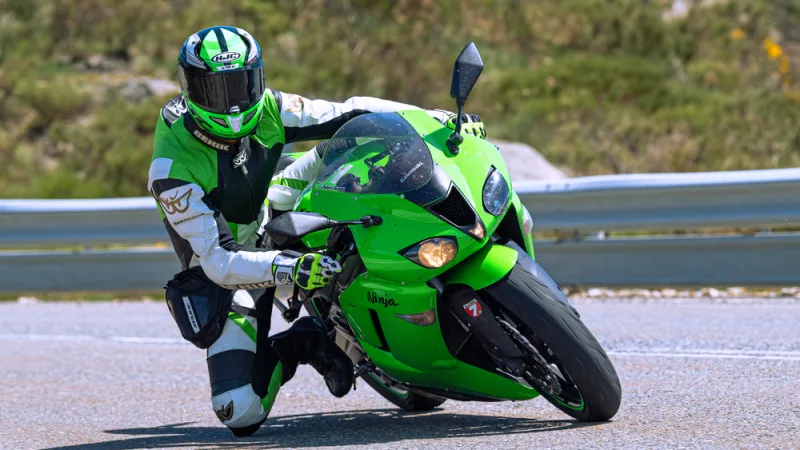
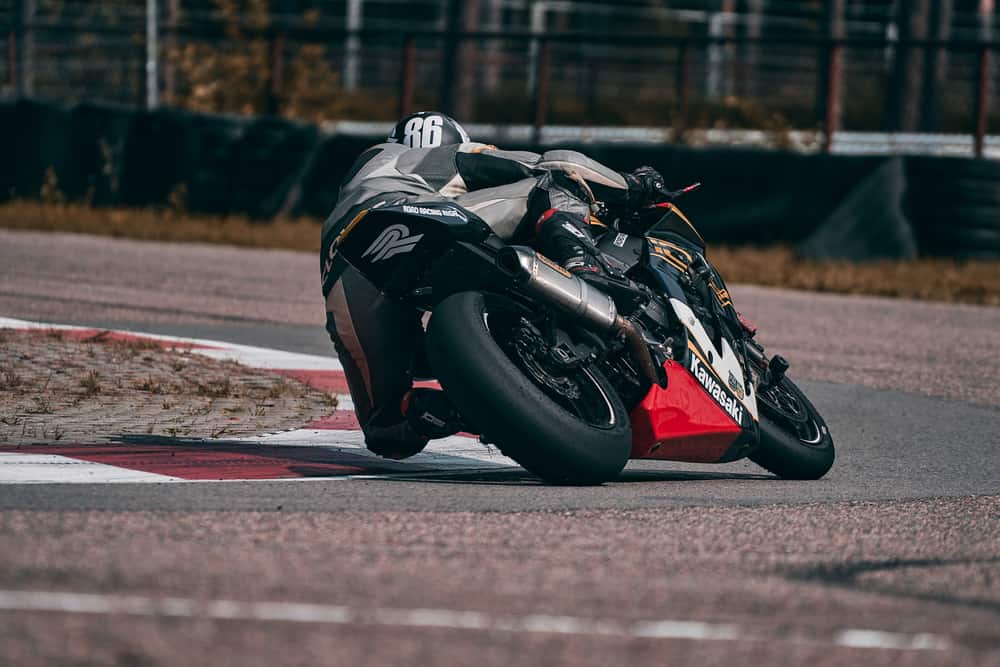
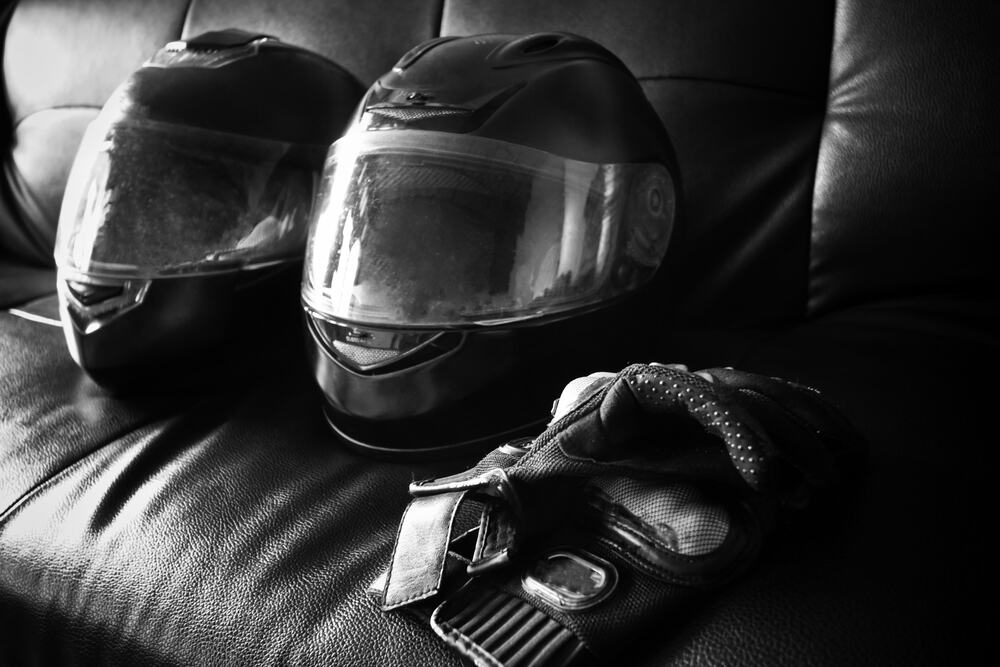
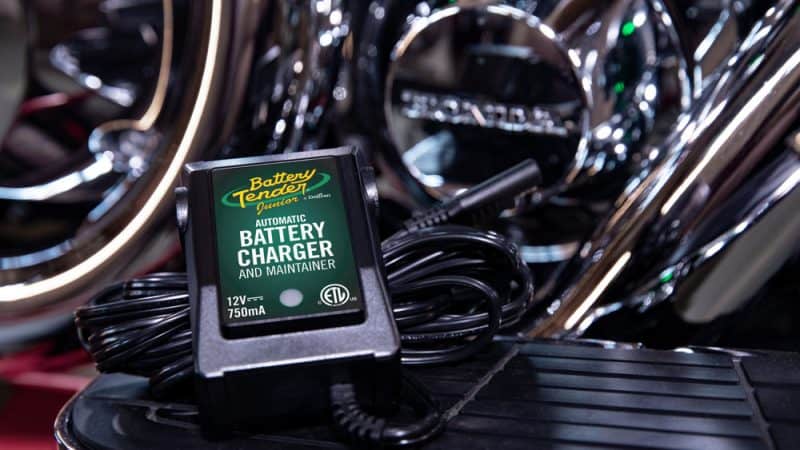
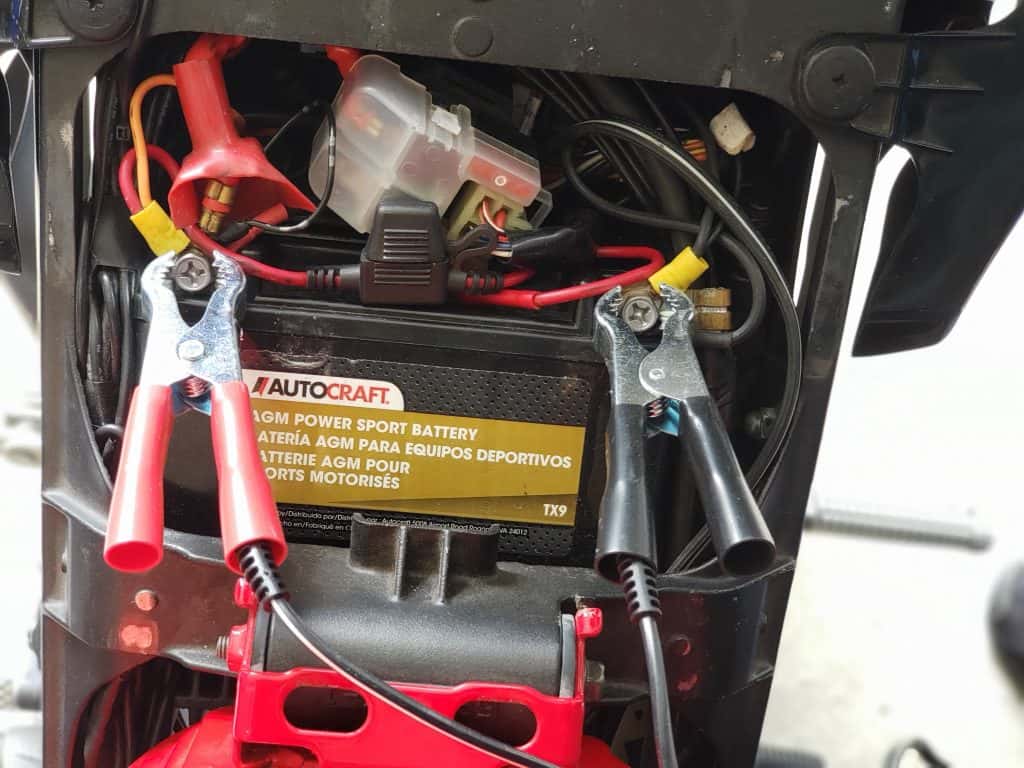
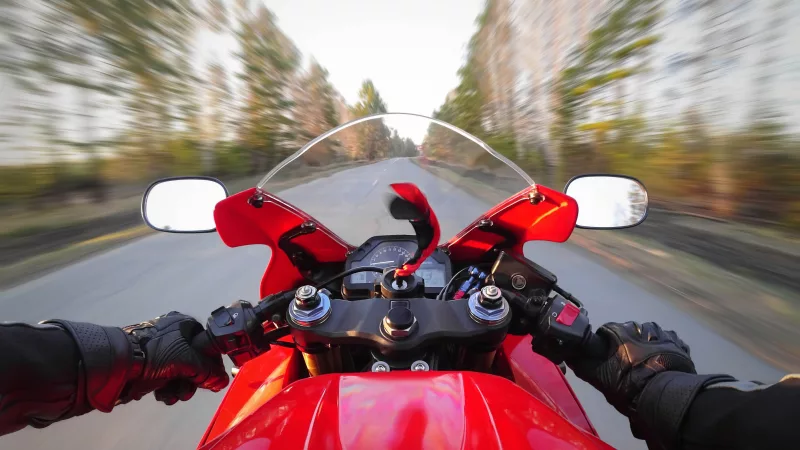
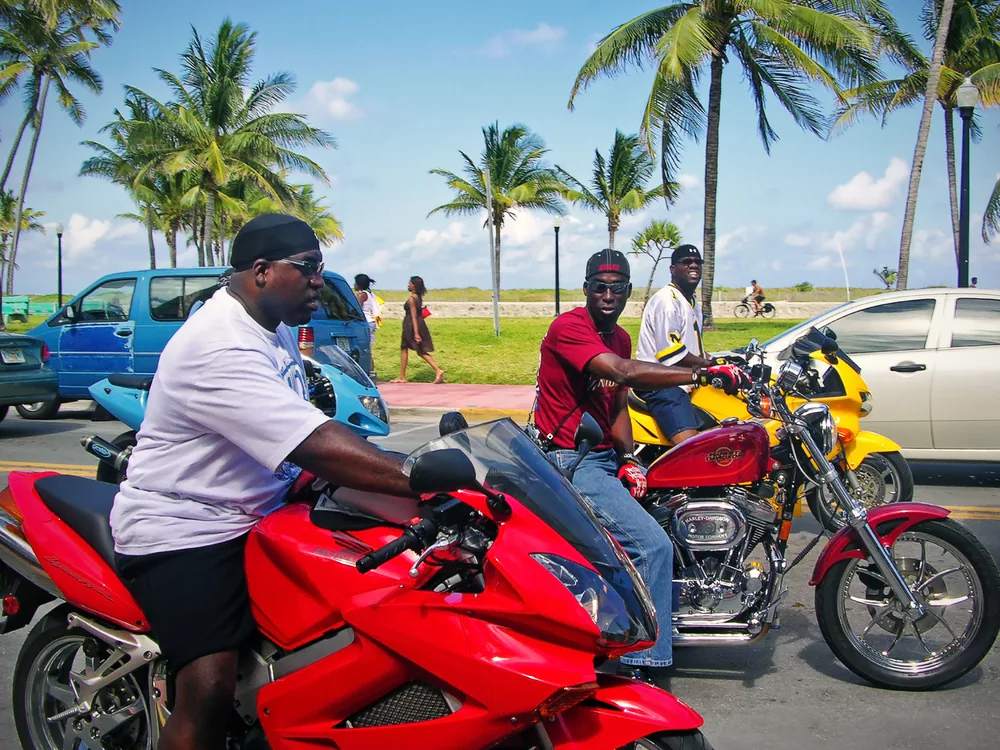





2 comments on Beginner’s Guide To Shifting Gears On A Motorcycle